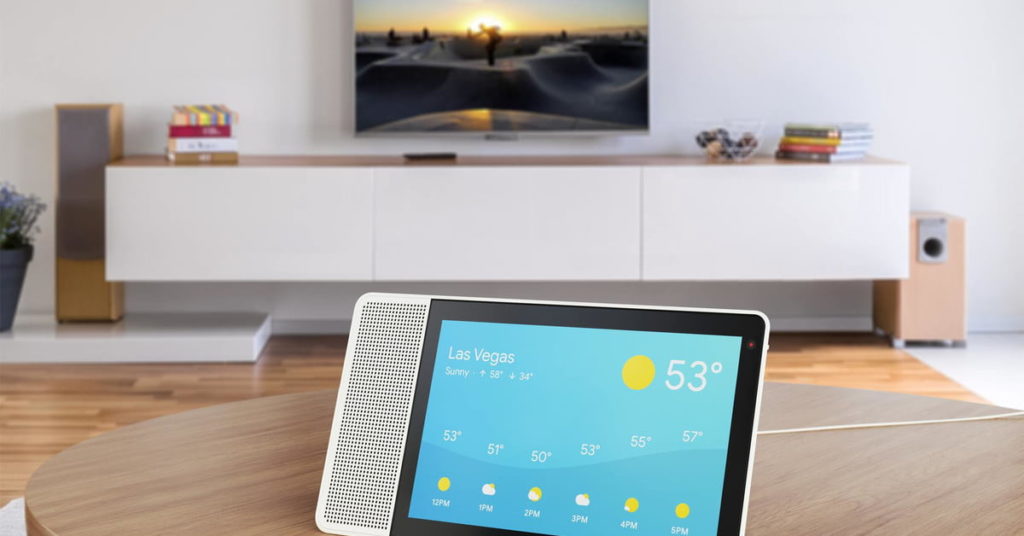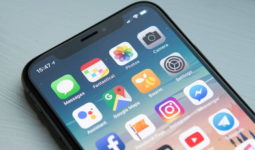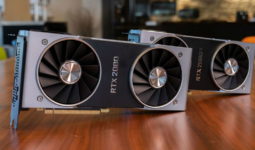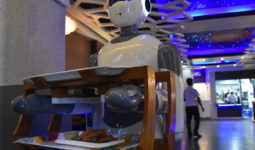Lenovo Smart Display vs. JBL Link View
Looking for a hot new smart display? Two of the currently popular models on the market are the Lenovo Smart Display and the JBL Link View. These two smart displays have very different designs – and very different purposes. Let’s take a look at all the major differences so you can make the right choice when deciding between them.
Display
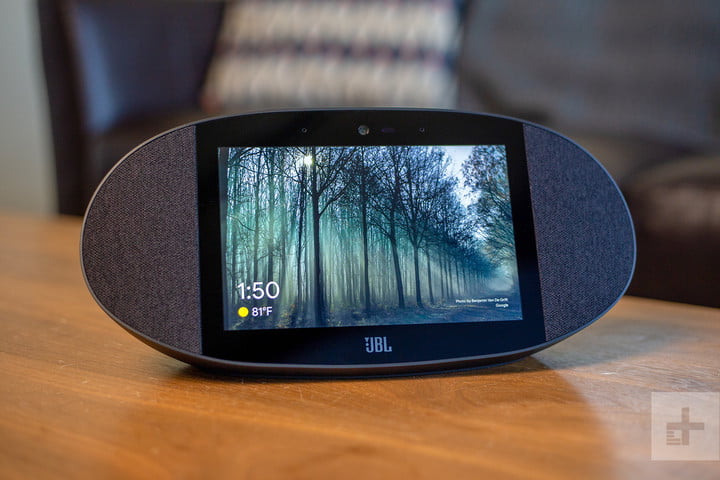
When it comes to a smart display, the most important part is usually the screen, and for good reason. The size and quality of the screen dictate how clearly you can see images, which is vital whether you’re following sports scores, watching a show, having a video chat with a friend, or just glancing at the time.
Lenovo’s display is one of the few that gives you a choice of screen with its two different models, one with an 8-inch screen and one with a 10-inch screen. The 8-inch screen takes up less room and is great for basic notifications, conversations, and generally for watching the screen when on the countertop. The 10-inch screen is a pretty big improvement if you want to watch shows and videos, or see the screen more clearly from across the room. Which of these works better for you probably depends on how you plan on using the smart display.
The JBL Link View, on the other hand, is only available with an 8-inch display. As we will discuss further in the following sections, a large display isn’t quite as important for the audio-focused Link View, and this 8-inch screen does fine for displaying an array of Google Assistant features.
There’s not much to worry about on the display for either model, but the option to spring for a larger Lenovo screen is really nice to have.
Design

The Lenovo Smart Display has an interesting design concept: Much like a portrait, it has a rectangular, thin design (with the speaker located on the side of the display). However, at one end the back of the display suddenly expands into a triangular shape that provides stability and houses power components. You need a little bit of space for that corner base, but otherwise the display can fit pretty much anywhere. The single front-facing speaker panel is a little stranger, but does match the rest of the sleek design. The back of the display can be customized with a smooth gray or bamboo-themed surface.
With the JBL model, a lot more emphasis is placed on speakers, and you can see some of the DNA of JBL’s previous Bluetooth speakers in this display. It has a rounded, oval display that incorporates the base in an organic way, but doesn’t leave as much room behind the display as Lenovo’s version does. Inside JBL’s oval front is a squarish screen, a border for mics and the camera, and two rounded speakers at either end.
Performance
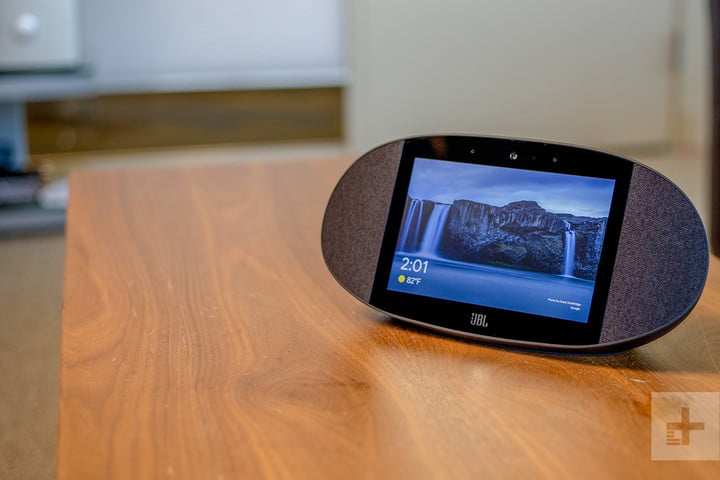
Speaker: The Lenovo Smart Display uses a 10-watt speaker with two passive tweeters. It’s a fine setup for calls, voice assistant conversations, and so on, but the front-facing speaker isn’t great at filling a room with music. The JBL Link View, on the other hand, has the best sound of any smart display we’ve tested, utilizing JBL’s extensive experience with music-oriented speakers and two powerful speakers with bass. If you want environmental, room-filling sound, there’s really only one option here for you.
Voice assistant: Both smart displays use Google Assistant for voice commands. That means there’s not really any difference to discuss in the voice assistant — if you have used Google Assistant before, you know what to expect here, with many options for scheduling, asking questions, and taking action with most of Google’s online services.
Camera and calls: Both smart displays have cameras and mics that you can use to make video calls with family and friends, which is literally just as easy as saying, “Hey, Google, call – ” and filling in the blank. Of course, this might make you nervous if you want a smart display for a more private area. Don’t worry! Both devices give you options to shutter/mute the system so the camera cannot function. There hasn’t been any reported trouble involving smart display cameras being hacked so far, but having the option is nice. It’s also worth noting that you can use the Lenovo display in portrait for voice calls, although portrait mode doesn’t yet work for anything else.
Smart home integration: Google Assistant is compatible with a wide variety of smart devices around the home (around 1,500), especially newer smart devices that aim for voice assistant compatibility. You can also connect and program multiple smart device home action plans even you need to. But again, there’s not much difference between the two models, since they both use the same system.
Settings and controls: Both models have a camera shutoff, mic, mute, and volume control button. Again, no significant difference here.
Music and movies: You can see all the services that Google Assistant — and these smart displays — work with, but here’s a quick summary. When it comes to music, Assistant can play Google Play music, YouTube Music, Spotify, Pandora, TuneIn, and several other services. When it comes to streaming video, it can handle YouTube, Netflix, CBS All Access, Viki, and HBO Now. Your use will, of course, depend on what services you already prefer.
Pricing and availability

Lenovo Smart Display: $180 (8-inch) or $250 (10-inch)
JBL Link View: $200
As you can see, the JBL Link View price falls between the two pricing options of the Lenovo models. If cost is your primary concern, this gives you three different tiers to consider. Of course, there are also other smart displays, like Amazon’s Echo Show 2 and the affordable Google Home Hub, that you can consider.
